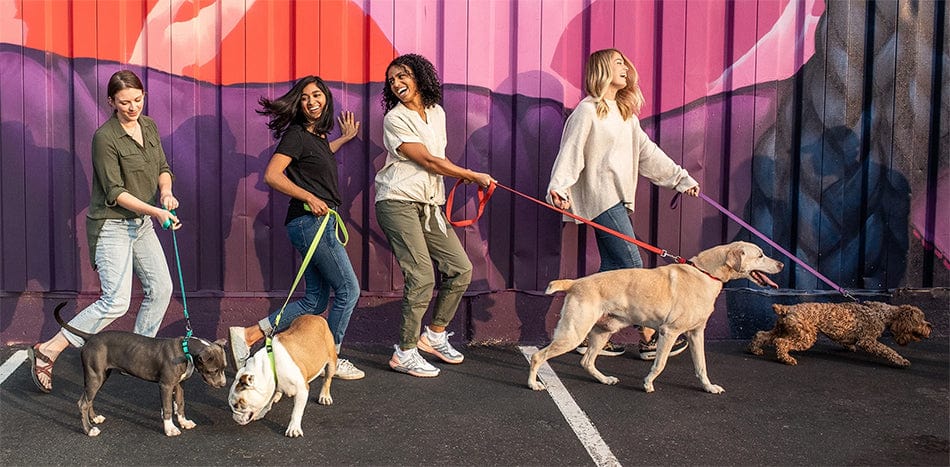Your cart is empty. Let's fix that!


Summer is here! And while it’s mostly fun and frolic, let’s be real there’s a lot more to look out for when it comes to our pets. For example, is there anything more heartbreaking than seeing your sweet lil’ fur baby get stung by a bee? We’ve been there and trust us: the answer is no.
But fear not! We’re coming in hot with the 4-1-1 on what to do if your BFF gets in a rumble with a stinger so that you can keep them safe, happy, and bee-free in the future.
If you think your dog got stung by a bee, before you go into full-on panic mode, look for some sure-fire bee sting indicators:
Note: It’s the last one that’s key for a bee sting. Bees are the only insects that leave their stinger behind so keep your eyes peeled for it!
Aside from the tear-inducing whimper that you may hear, you should expect minor swelling in the affected area. For dogs it’s usually on the pads of their paws or on the nose or face - and the general pain and itching associated with bee stings.
However, just as there’s risk of an allergic reaction for us dog owners, the same goes for furbabies. Monitoring for increased swelling and breathing trouble is important for the first thirty minutes after a sting.
If your dog gets stung by a bee, a visit to the vet is likely unnecessary. But there’s always a chance that they could have an allergic reaction, so watch out for:
Most allergic reactions appear within the first 20 minutes, but can occur hours later in rare occurrences. Monitor closely after bug bites and keep your eyes peeled for serious symptoms, so that if a severe reaction occurs, you should get them to the vet ASAP.
We promise we’re not here to scare you, just to keep you informed! As we head into the summer months, stick with us, to stay educated so that you and your furry friend can have a fun, (and safe!) summer.